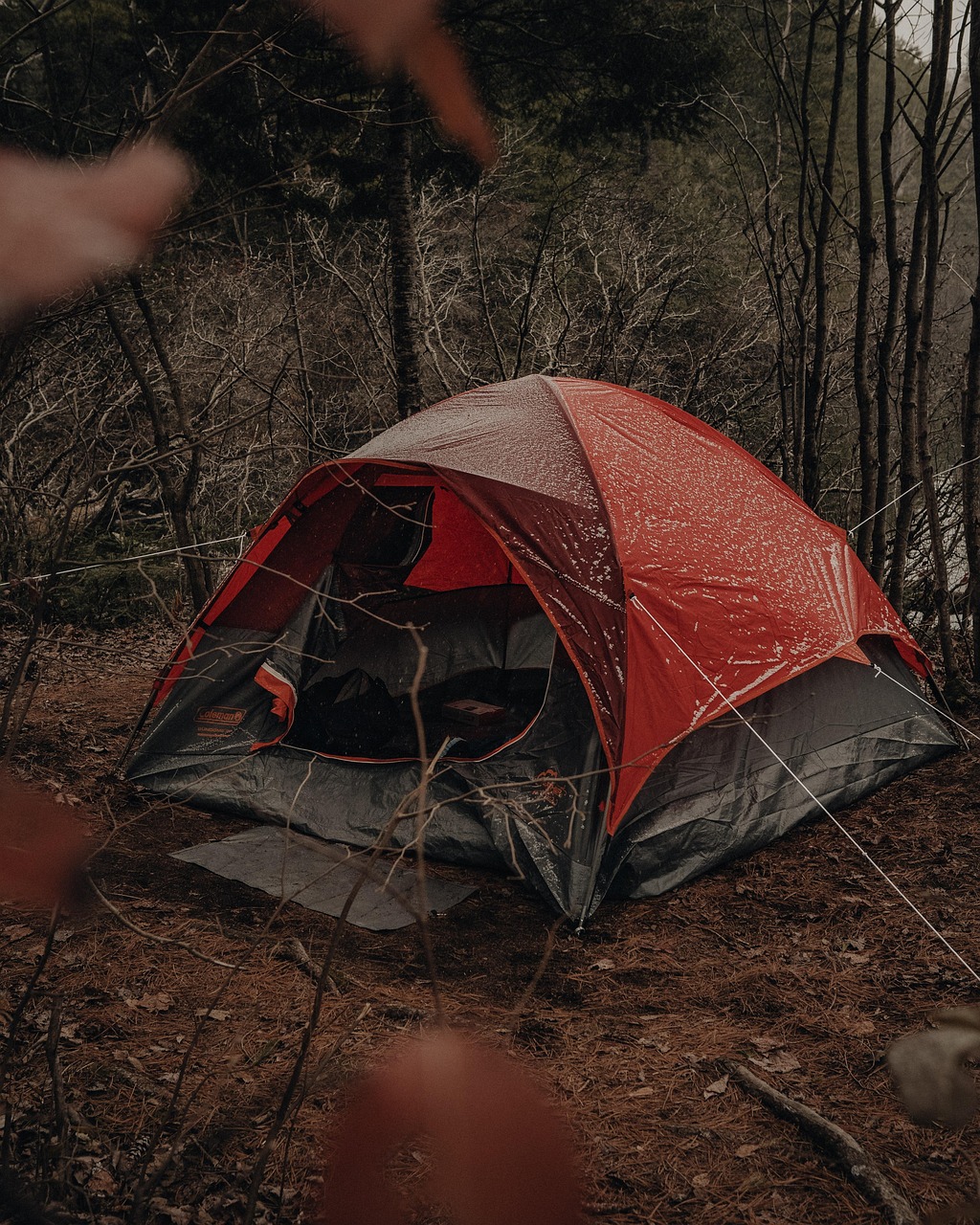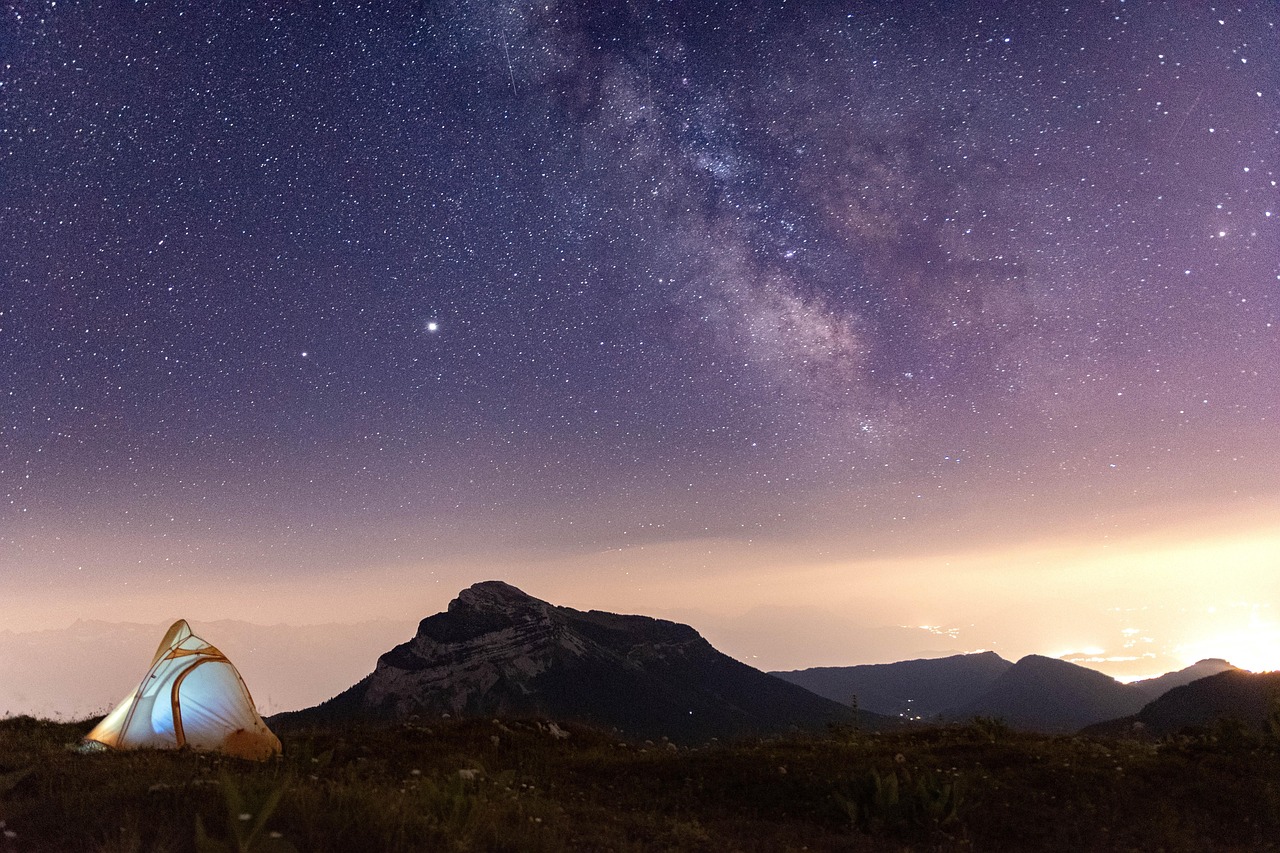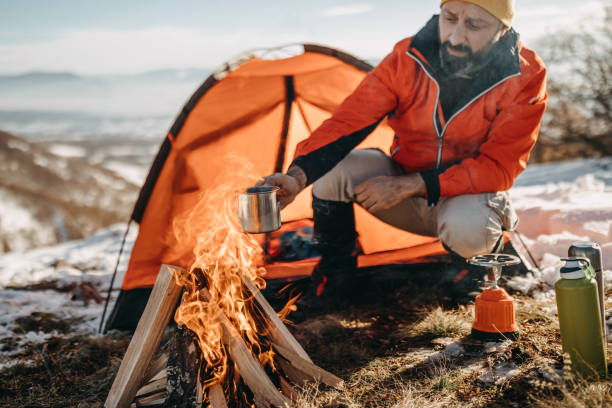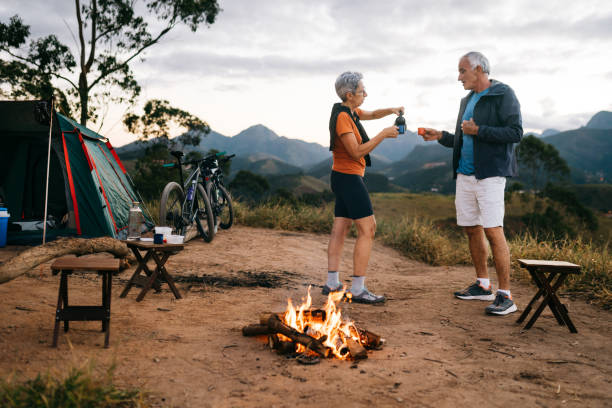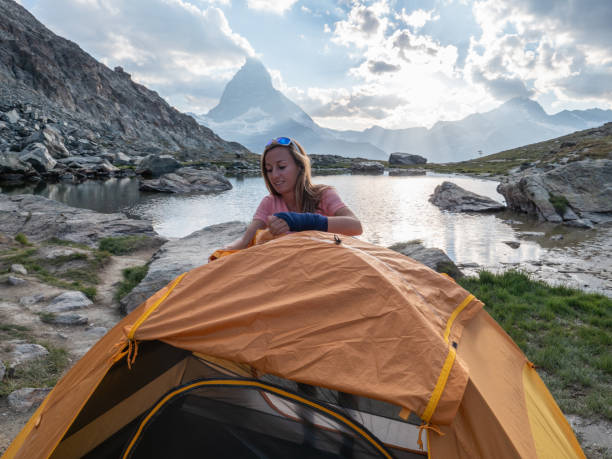Rain may drench the woods, but with the right tent, damp days turn into cozy memories. We’ve been there—pitching under low skies, the rhythmic pitter-patter overhead, wondering if we’d stay dry. That’s why we gathered our top waterproof shelters, each tested on soggy trails and misty clearings. In this article, we share the gear, the best waterproof tents for camping that kept us dry, warm, and smiling through every drop. Whether you’re planning a weekend car-camping escape or a motorbike trek through the backcountry, these waterproof tents for camping performed—and they delivered when the skies opened up. Buckle up for first‑person tales, feature deep dives, and honest verdicts from wet-weather adventures. Let’s jump into the world of the best tents for camping waterproof in rainy conditions.
Table of Contents
- The North Face Wawona
- Coleman Sundome Camping Tent
- TETON Sports Mountain Ultra Tent
- Naturehike Cloud-Up 2 Person Tent
- Coleman Instant Tent
- Forceatt Camping Tent
- Coleman Skydome Family Tent
- Our Verdict!
- How to Choose the Best Waterproof Tents for Camping
- High Waterproof Rating (PU Coating)
- Well-Sealed Seams and Bathtub Floor
- Sturdy Rainfly and Coverage
- What is the highest waterproof rating for tents?
- Do all tents leak in heavy rain?
- How long do tents stay waterproof?
7
The North Face Wawona
Best Capacity. We first took the The North Face Wawona out on a misty three-day lakeside trip, and boy, did this thing shine. As soon as we unfolded the hybrid double‑wall design, it was clear we had room to stretch.
The large mesh front door offered excellent cross‑breeze while keeping bugs out, and set‑up took under five minutes thanks to just three color‑coded poles. We slid both main poles through together—forming the classic “X,” then popped in the rainfly, matching every color‑coded clip effortlessly.
Inside, the walls stood nearly vertical—at 5’11”, I could stand up fully in the center and get changed without ducking, a rare luxury in tent life. The big vestibule was perfect for our muddy boots and backpacks, and internal mesh pockets meant our headlamps and snacks weren’t rolling under sleeping pads at night. When rain drenched the campsite, we stayed bone‑dry.
We cozy‑camped two nights, and with two adults we felt like we’d brought home a portable palace. Three of us? Still room. Four? Tight, but do‑able. For a dead‑simple, spacious, and heavy duty waterproof tent, the Wawona 4 is a standout companion.
Feel free to watch this detailed review of the product by TACOMANZ on YouTube.
Pros:
✅ Massive interior space with standing height
✅ Excellent weather resistance with high-quality rainfly
✅ Built-in vestibule adds gear storage and shade
Cons:
❌ Bulky and heavy for non-car camping
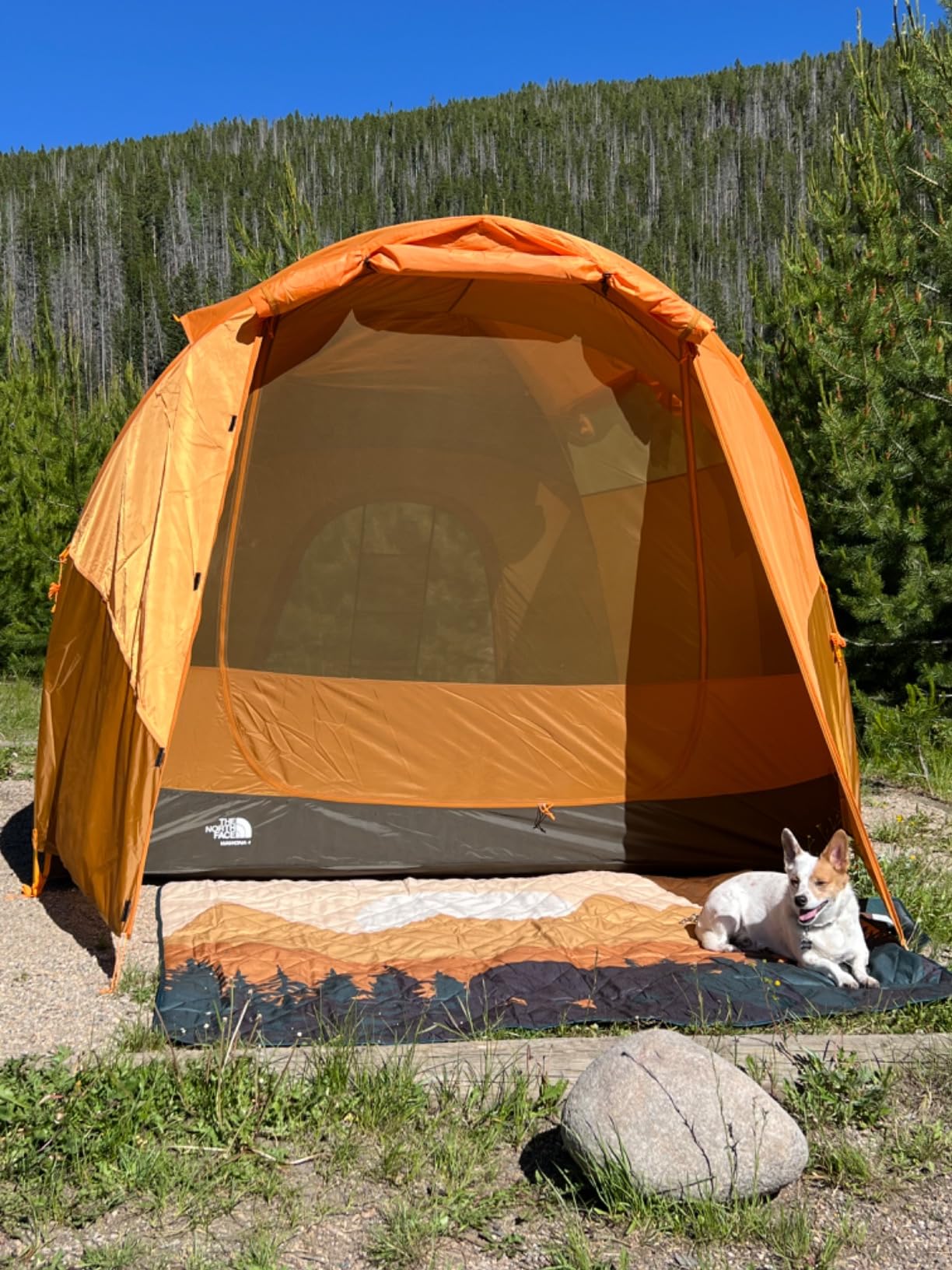
6
Coleman Sundome Camping Tent
On a breezy ride through the foothills, we strapped the Coleman Sundome Camping Tent to our motorcycle—its compact size fitting neatly in our saddlebag. Pitch‑time? A breeze. Color‑coded poles meant we were zipped, staked, and inside in about fifteen minutes—even as dusk settled in.
That night, wind gusts hit 17 mph, and the back of the tent bowed hard but snapped right back without a snap of the poles. Our weather station showed steady drizzle at 0.05″/hr, and inside the tent, everything remained dry and snug, thanks to Coleman’s WeatherTec welded floors and inverted seams. Ventilation was top‑notch too: large windows and a rear vent kept condensation off our sleeping bags. We stuffed two foam pads, bags, and gear inside easily, and the little built‑in pockets held our keys and phones.
Pros? Seriously good value—durable, roomy, easy setup, great weather resistance, and perfectly bike‑packable. Cons? The bundled stakes are a bit flimsy for hard ground, so we swapped in heavier-duty versions before hitting rocky campsites. But all told, the Sundome is a hardworking, dependable best waterproof pop up tent that punches way above its weight.
Pros:
✅ Affordable and beginner-friendly
✅ Quick and easy setup
✅ Good airflow with ground vent and large windows
Cons:
❌ Limited durability in extended heavy rain

5
TETON Sports Mountain Ultra Tent
On a chilly mountain-motorbike run, we carried the TETON Sports Mountain Ultra Tent and found it packs surprisingly tight for its size. It’s not ultralight backpacking gear, but perfect for our moto‑camping needs. We loved the full mesh dome top—it gave an unbeatable view of the star-studded sky before the rain moved in.
Setup was straightforward—aluminum poles clip to the micro-mesh interior, then the waterproof rainfly secures over the top. The 360° ventilation meant no sweaty buildup, and even fully buttoned-down, air still flowed through the seams.
In a heavy downpour, this thing held firm—no leaking. Sure, the tent came with only ten stakes and a few side‑stakes pulled loose in light wind, but we remedied that by tossing in a six‑pack of beefy stakes. After that, it locked down like a vault.
We’d say the Mountain Ultra is a rugged performer—great ventilation, true weather resistance, and stellar stargazing potential. Just up your stake game if you expect gusts, and enjoy one of the best dome‑style heavy duty waterproof camping tent in its class.
See the original listing of the product for detailed analysis and better assessment.
Pros:
✅ Excellent waterproofing with reinforced seams
✅ Strong aluminum poles stand up to rough weather
✅ Full mesh inner tent offers great ventilation and stargazing
Cons:
❌ Vestibule space is minimal for storing gear
4
Naturehike Cloud-Up 2 Person Tent
When I first unzipped the Naturehike Cloud-Up 2 Person Tent, the upgrades were immediately noticeable. That added ventilation window right above the front door was a game-changer—airflow inside the tent stayed fresh all night, which meant zero annoying condensation dripping on us as we slept. And speaking of the door, the larger, taller design gave us plenty of room not just to get in and out easily but also to stash our backpacks and gear dry in the vestibule, even during a downpour.
Weighing just under 4 pounds, this ultralight beauty fit snugly in my backpack without hogging space, which made it perfect for everything from hiking to bikepacking. Setting it up was a breeze thanks to the sturdy 7001 aluminum poles — they held firm through some gusty mountain winds without a single wobble.
Inside, the double-layer design with the high-density mesh felt surprisingly roomy for a 2-person tent. While it’s cozy for two people sleeping side by side (don’t expect to stand up inside comfortably with both of you), the headroom was enough to sit up and relax — perfect for those chilly evenings when you just want to hang out without stepping outside. One night, when a fierce rainstorm rolled through, the Cloud-Up stood tall without a single leak, and the PU4000mm waterproof nylon with taped seams kept us bone-dry.
After multiple trips, including a memorable snowstorm where we cozied up watching movies on our phones from inside, this tent proved it’s a serious contender for budget-conscious backpackers who need weather reliability without extra weight. If you want a tent that won’t weigh you down but will hold up in tough weather, this Naturehike is a solid bet.
If interested, do browse our exclusive roundup of the best camping tents for all seasons!
Pros:
✅ Ultralight and compact — perfect for backpacking
✅ Handles extreme weather impressively well
✅ Ventilation upgrades reduce condensation
Cons:
❌ Cozy fit — tight for two larger people

3
Coleman Instant Tent
We pulled the Coleman Instant Tent from its carry bag—and in under two minutes (solo!), it bloomed into a roomy shelter. It claims a 60‑second setup, and while the specs are pricier solo, we clocked under two minutes the first time and even faster after a couple tries. With its integrated rainfly, welded floors, and inverted seams, we felt ready for rain.
Inside, it fit our queen-size air bed comfortably—with plenty of space left for gear. Rugged Polyguard 2X fabric felt serious and durable. All around were wrap‑around windows—with dual-zip mesh—that kept the air flowing and the bugs at bay. A vented rainfly did its job without removing it, and storage pockets helped us tame the clutter.
One nitpick: the door only uses half the front width, but the extra window there balances it. We also noticed the top vents leaked a little breeze if closed, so worth keeping an eye on in chillier February trips. But overall, it felt solid, quick, and spacious: a great option when you want a pop up waterproof tent you can trust—fast.
Here’s the official brand site for lots of more interesting options.
Pros:
✅ Setup is truly a no brainer and effortless
✅ Holds up in wind and rain better than most pop-ups
✅ Dark interior blocks light for better sleep
Cons:
❌ Bulky to pack and awkward to carry
2
Forceatt Camping Tent
Best Sturdiness. Right out of the bag, the Forceatt Camping Tent impressed me with its sleek design and surprisingly sturdy feel. The materials looked top-notch—the polyester rainfly and bathtub floor with PU coatings gave me confidence this one would keep the water out come rain or shine. What’s cool is how the seams are sealed and shifted away from the main contact areas on the ground, which means less chance of waking up to a soggy sleeping pad if there’s a tiny leak. Still, I’d recommend grabbing their footprint for extra peace of mind, especially if you’re heading to rocky or wet campsites.
Setup took just about three minutes, and that dual D-shaped door design is pure genius. It’s so nice to have two easy access points, plus those side vestibules gave us ample space to stash muddy boots and backpacks without crowding the sleeping area. Inside, two ceiling vents and a large mesh window made air circulation excellent, cutting down condensation no matter how sticky the weather got outside.
The tent poles come with detachable elastic ends, which is a small detail but a huge win for repairability down the line — because who wants to replace an entire pole if the elastic wears out? The included stakes are hefty steel ones, a bit heavy for backpackers, but they sure hold the tent rock-solid in wind.
There were a few minor misses with seam tape application, so if you plan on really rough weather, a little DIY seam sealing wouldn’t hurt. But even with that, the Forceatt felt tough and dependable on a blustery weekend trip. If you want a lightweight but best tent for heavy rain that’s easy to set up and holds up well in rain and wind, this one is definitely worth your money.
You might also be interested in the best tall tents for camping. Give it a read!
Pros:
✅ Sturdy construction with strong waterproof coating
✅ Dual doors and vestibules for convenience
✅ Fast setup and takedown
Cons:
❌ Seam tape quality may vary — needs extra sealing
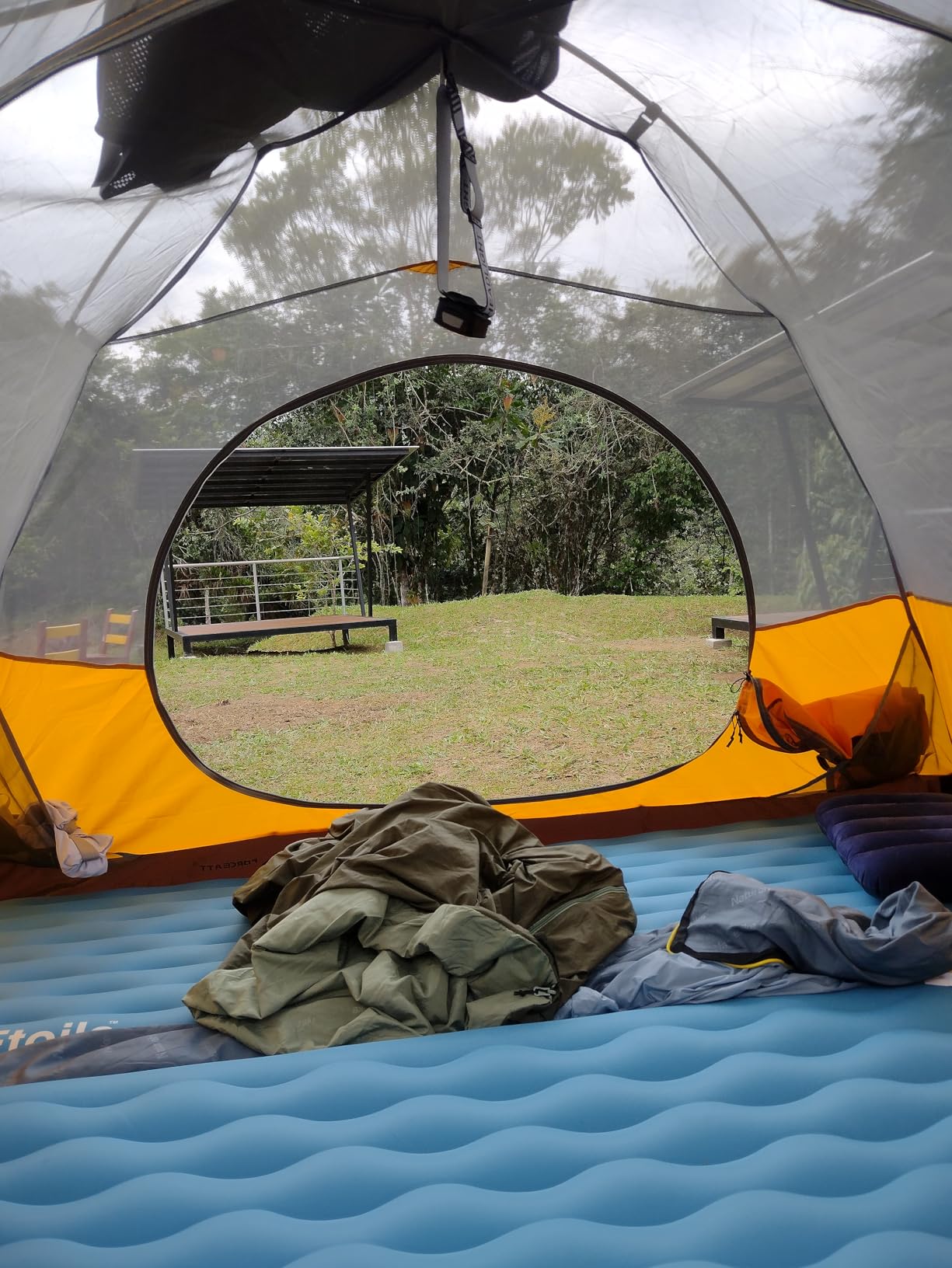
1
Coleman Skydome Family Tent
Best Overall. The Coleman Skydome Family Tent really surprised me with just how roomy it felt the first time we set it up. The nearly vertical walls gave us way more headroom than I expected—big enough to fit three queen air mattresses with plenty of space left over for a sitting area. While the tent is marketed as family-sized, we used it as a spacious two-person getaway, which made it feel downright luxurious for camping.
Setup was straightforward, even if it took a little longer than the promised five minutes—especially the rainfly, which took a solid eight minutes to get just right. But with those pre-attached poles and color-coded clips, it was mostly stress-free. The wide door and door awnings were a blessing for moving gear in and out while keeping water off the entrance. Bonus: that ground vent really helped keep the air fresh inside without letting in bugs.
Coleman’s WeatherTec system showed up big during a sudden afternoon shower. The tub-like floor, welded corners, and taped seams held water out like a champ, and the tent’s frame stood strong even when the wind hit around 30 mph. The e-port was a neat touch, letting us run power inside easily for charging devices or lighting.
The zippers slid smooth every time, no snags, and the mesh storage pockets kept all our small gear organized so nothing went wandering underfoot. The tent’s shape is more rectangular than square, which really helped maximize usable space.
If you want a reliable, roomy, and weather-ready family tent that won’t break the bank, the Coleman Skydome checks all the boxes. It’s best waterproof family tent, no flashy ultralight backpacking shelter, but for car camping or family trips, it’s an absolute winner.
Pros:
✅ Roomy enough for families or extra gear
✅ WeatherTec system keeps water out effectively
✅ Wide door and vertical walls make movement easy
Cons:
❌ Setup time longer than advertised
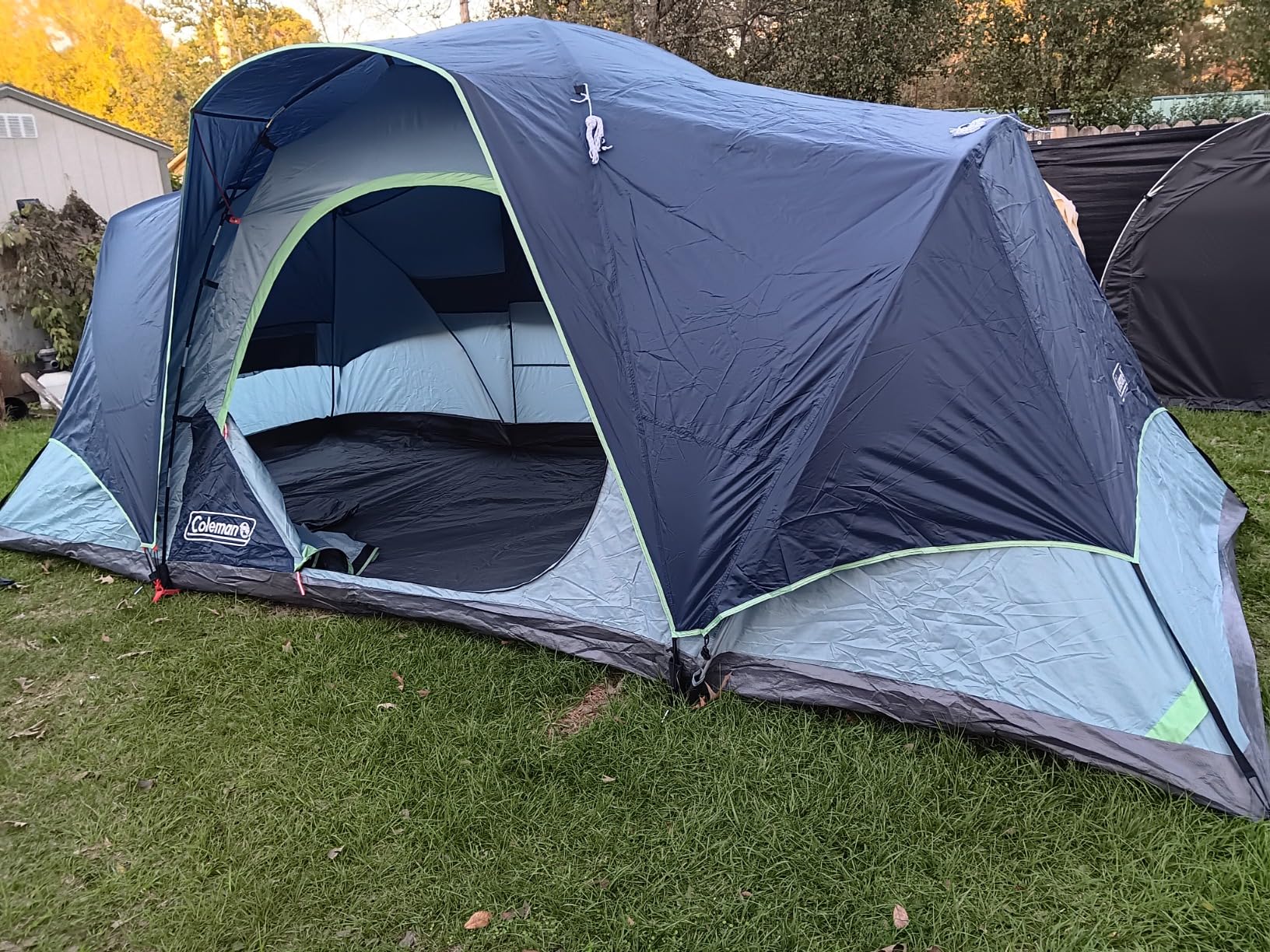
Our Verdict!
Carefully going through the above roundup of the top waterproof tents for camping, we chose the Coleman Skydome Family Tent as the Best Overall option given the amazing performance under rain as well as its functionality and value for money. Apart from that, we set aside two other best options based on one specific feature or advantage. Check them out below.
- Best Sturdiness: Forceatt Camping Tent
- Best Capacity: The North Face Wawona
How to Choose the Best Waterproof Tents for Camping
Choosing the best waterproof tents for camping required us to study and assess just so many features. Having said that, we locked in on three key features which allowed us to make the right choices for rainy conditions. From our personal experience, here are three key features I always look for when choosing best tents for camping waterproof:
1) High Waterproof Rating (PU Coating)
Look for tents with a waterproof rating of at least PU2000mm or higher. This tells you how much water pressure the tent fabric can withstand before it starts leaking. Some of the best tents I’ve used — like the Naturehike Cloud-Up — have PU3000mm to PU4000mm coatings, and they’ve handled some serious storms without a single drop inside.
Pro tip: If you camp often in heavy rain, go for something with PU3000mm or more on both the rainfly and floor.
2) Well-Sealed Seams and Bathtub Floor
Even with great fabric, poorly sealed seams can let in water. I’ve learned to always check for taped or welded seams — especially at the corners and base. A bathtub-style floor (where the bottom fabric extends a few inches up the sides) also adds an extra layer of protection against puddles and runoff.
Some tents (like the Coleman Skydome and Forceatt) come pre-sealed, but for others, it’s worth grabbing a tube of seam sealer just in case.
3) Sturdy Rainfly and Coverage
A full-coverage rainfly is your best friend when the skies open up. Partial flies look sleek, but they leave you vulnerable. You want a fly that extends low on all sides, covers doors and windows, and has some tension points so it doesn’t flap around or sag.
I always appreciate a good vestibule, too — like on the North Face Wawona — to stash gear and keep wet boots outside but dry.
What is the highest waterproof rating for tents?
The highest waterproof rating commonly found on camping tents is around PU10,000mm, though most high-performance tents range between PU3000mm to PU5000mm. A rating of PU10,000mm means the fabric can withstand extremely high water pressure before leaking — ideal for alpine or extreme weather conditions. However, for regular camping in rainy climates, anything PU3000mm or higher on both the rainfly and floor is more than sufficient to keep you dry.
Do all tents leak in heavy rain?
Not all tents leak in heavy rain — but cheaper or poorly made ones often do. A quality waterproof tent with a high PU rating (2000mm or more), fully taped seams, and a full-coverage rainfly should keep you dry even in downpours. However, even the best tent can leak if it’s not set up properly (like pitching on a slope or letting the fly touch the inner wall). So it’s a mix of good design and good campsite setup that keeps the water out.
How long do tents stay waterproof?
Tents typically stay waterproof for 2 to 5 years with regular use, depending on the quality of the materials and how well you care for them. Over time, the waterproof coatings (like PU or silicone) can wear off due to sun exposure, abrasion, and repeated packing. To extend your tent’s waterproof life, always dry it completely before storage, avoid rough ground, and reapply seam sealant or waterproof spray as needed.
